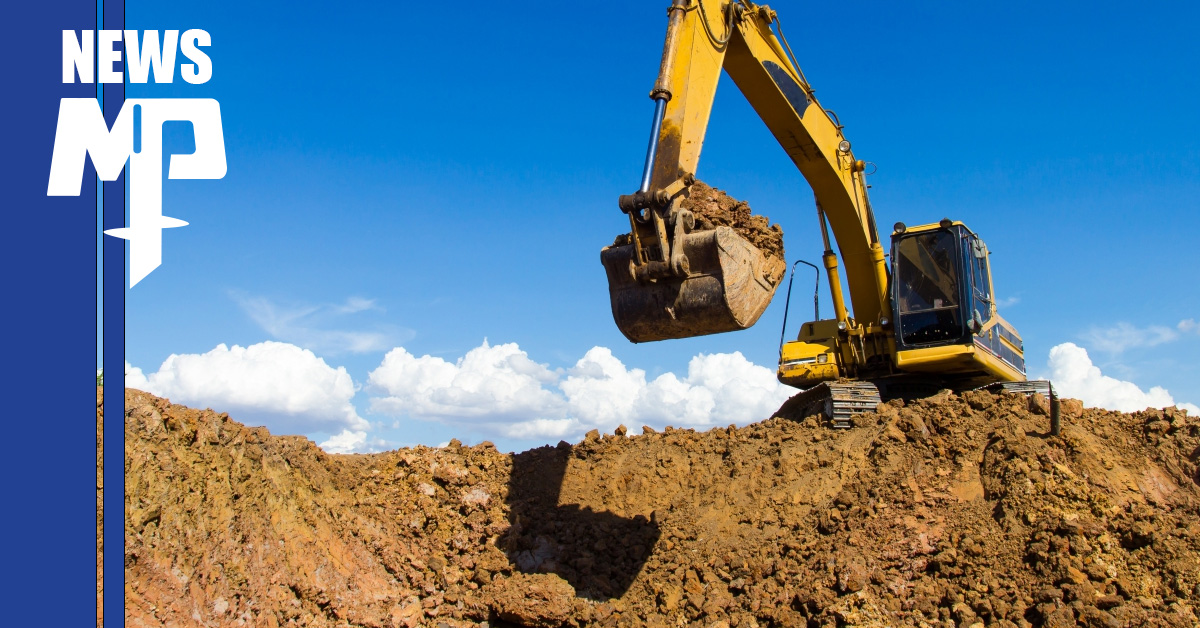
Piering And The Science Of Foundation Material
Building a foundation is a task that must factor a wide range of potential variables. There are innumerable things that must be accounted for. This very much includes the make-up of the soil type and material upon which your foundation is laid. But even this is a task that requires a good deal of knowledge and expertise. We took a look at the different kinds of soil that are commonly found under foundations in a previous blog post. Today, we will be doing a deeper dive into those soils and foundation material, as well as some of the science behind them. So, put your gloves on and let’s dig into the dirt!
Types Of Soil
First things first, let’s briefly go over the common soils used for foundations. These include the following:
- Peat
- Silt
- Clay
- Chalk
- Loam
- Gravel
We won’t spend time going over the pros and cons for each of these regarding piering, which you can learn more about in our previous blog post. Let’s take a quick look at some important variations with another common type of foundation material: rock.
Rock As Foundation
Rocks can be a solid foundation choice because they have a high bearing capacity. This can be great for piering purposes. Rock can also be relatively straightforward to work with, since it will often involve just stripping away and leveling in order to have a surface to build from. It is important to keep in mind that rock is largely impervious. Drainage will be required with any top soil.
Rock foundations can be made up from several different kinds of rocks. These include the following:
- limestone
- granite
- sandstone
- shale
- hard solid chalk
With these foundation materials provided, let’s now take a look at what to do in cases where you have unidentified soil.
Unidentified Soil
If you find yourself on a site or plot and you are simply unfamiliar with the type of soil that you will be working with, the first step is to reach out to your local authority Building Control department. You don’t want to find yourself playing a guessing game when it comes to the soil you’re working with. Contact the Building Control department and they should be able to assist you in identifying the soil.
It is often the case that a site begins with a soil survey. This is typically not required. A formal soil investigation will typically involve a building inspector or designer who has expertise in the soil makeup of the local area. Holes are dug around the site to best identify the subsoil conditions.
Deciding On Type Of Foundation
The make-up of the soil or foundation material will be an important factor in deciding what type of foundation will be best for the job at hand. For instance, piering foundation can accommodate a wide range of soil conditions at predictable costs, whereas certain soil conditions might require more complex (and much more expensive) deep foundations. (inspect our sizing guides to see how helical piles act in certain soil conditions)
Whatever the case may be, it’s always important to consult the requisite experts. Magnum Piering offers a variety of courses and resources to help make the foundation process as navigable as possible. Now it’s time to get to digging!
